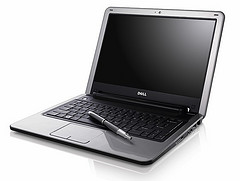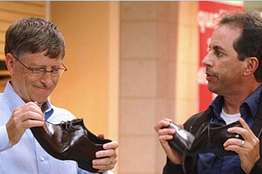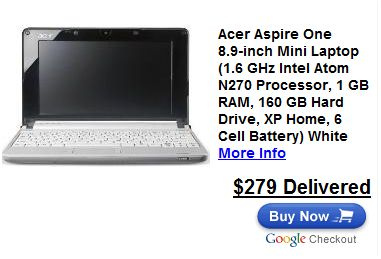 Ben recently reported on how NetSuite is going after Salesforce.com, by announcing their Renewforce program. Today NetSuite is going after bigger fish: the leader in Enterprise Software, SAP.
Ben recently reported on how NetSuite is going after Salesforce.com, by announcing their Renewforce program. Today NetSuite is going after bigger fish: the leader in Enterprise Software, SAP.
The aptly named Business ByNetsuite program guarantees at least 50% savings to current SAP R/3 customers relative to – watch this! – the annual maintenance fees they are now paying to SAP. Yes, it’s not a price-to-price comparison. With the perpetual licence model customers pay upfront, but are still forced to pay annual maintenance fees – with SaaS there is only a subscription fee, and now NetSuite proves it can be half of only the maintenance component of traditional software’s TCO.
Read on to find out how SAP’s own blunder around their excellent product, Business ByDesign opened the opportunity for Netsuite…

 Hardly
Hardly The New York Times ran an article this week:
The New York Times ran an article this week:  Finally, a word on connectivity and prices: Wifi gets you online almost, but not all the time, so obviously a 3G connection is a useful addition to your netbook. But you will pay for 3G data usage, so why don’t carriers subsidize your netbook purchase, like they do with cell phones? The day will come, as the WSJ reports, HP may be one of the first to introduce such a model:
Finally, a word on connectivity and prices: Wifi gets you online almost, but not all the time, so obviously a 3G connection is a useful addition to your netbook. But you will pay for 3G data usage, so why don’t carriers subsidize your netbook purchase, like they do with cell phones? The day will come, as the WSJ reports, HP may be one of the first to introduce such a model: 

 PDC has shown that Microsoft is now eager to forget about Vista, a bad dream, fully focusing on Windows 7. They must have realized that no multi-million-dollar marketing campaign can fix Vista’s badly tarnished reputation.
PDC has shown that Microsoft is now eager to forget about Vista, a bad dream, fully focusing on Windows 7. They must have realized that no multi-million-dollar marketing campaign can fix Vista’s badly tarnished reputation.
 )
)
 I know netbook prices are dropping, but not this fast! Just a day after hearing about a
I know netbook prices are dropping, but not this fast! Just a day after hearing about a 


Recent Comments